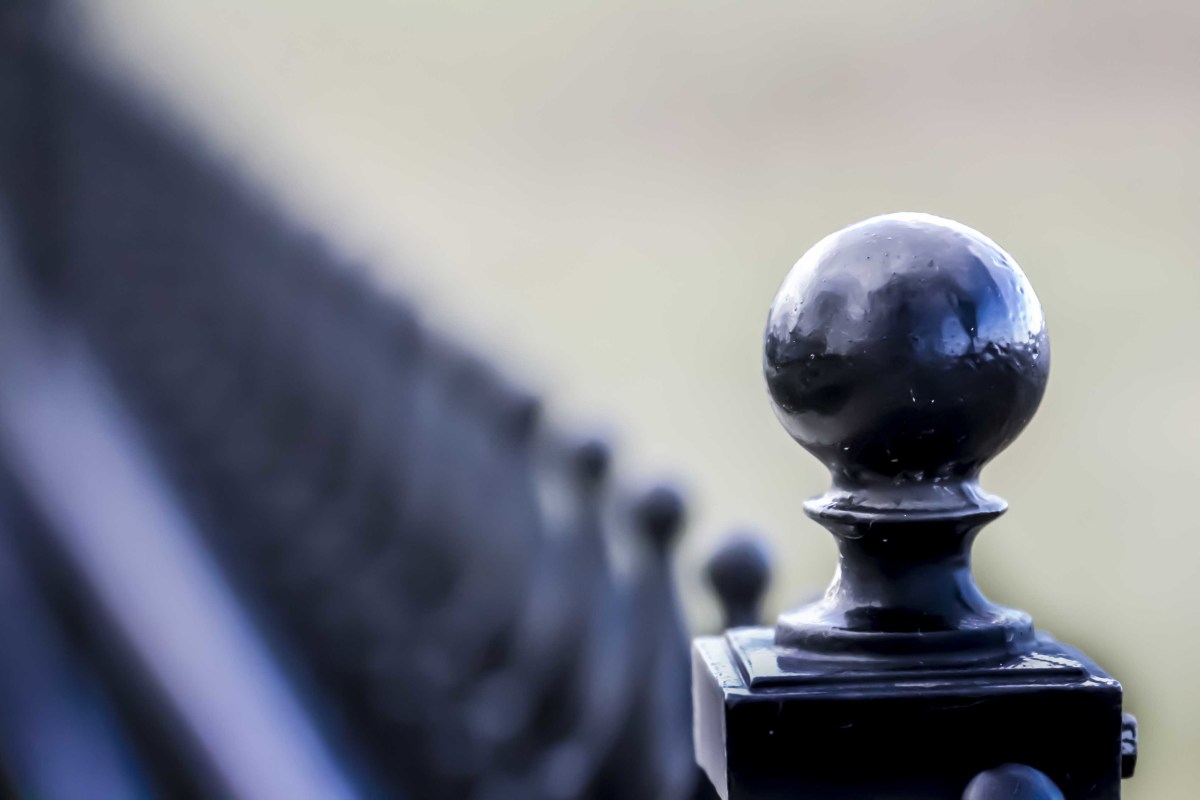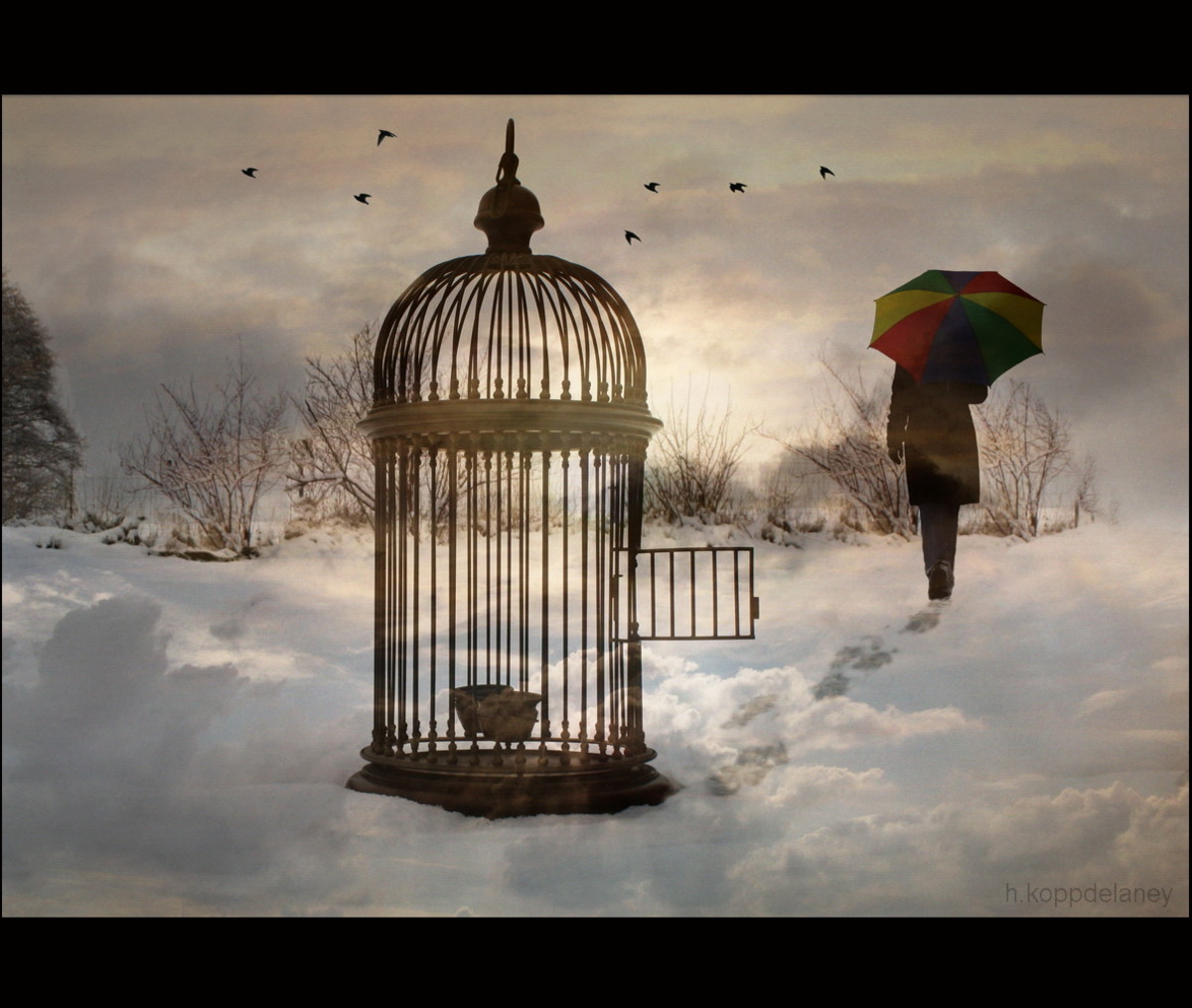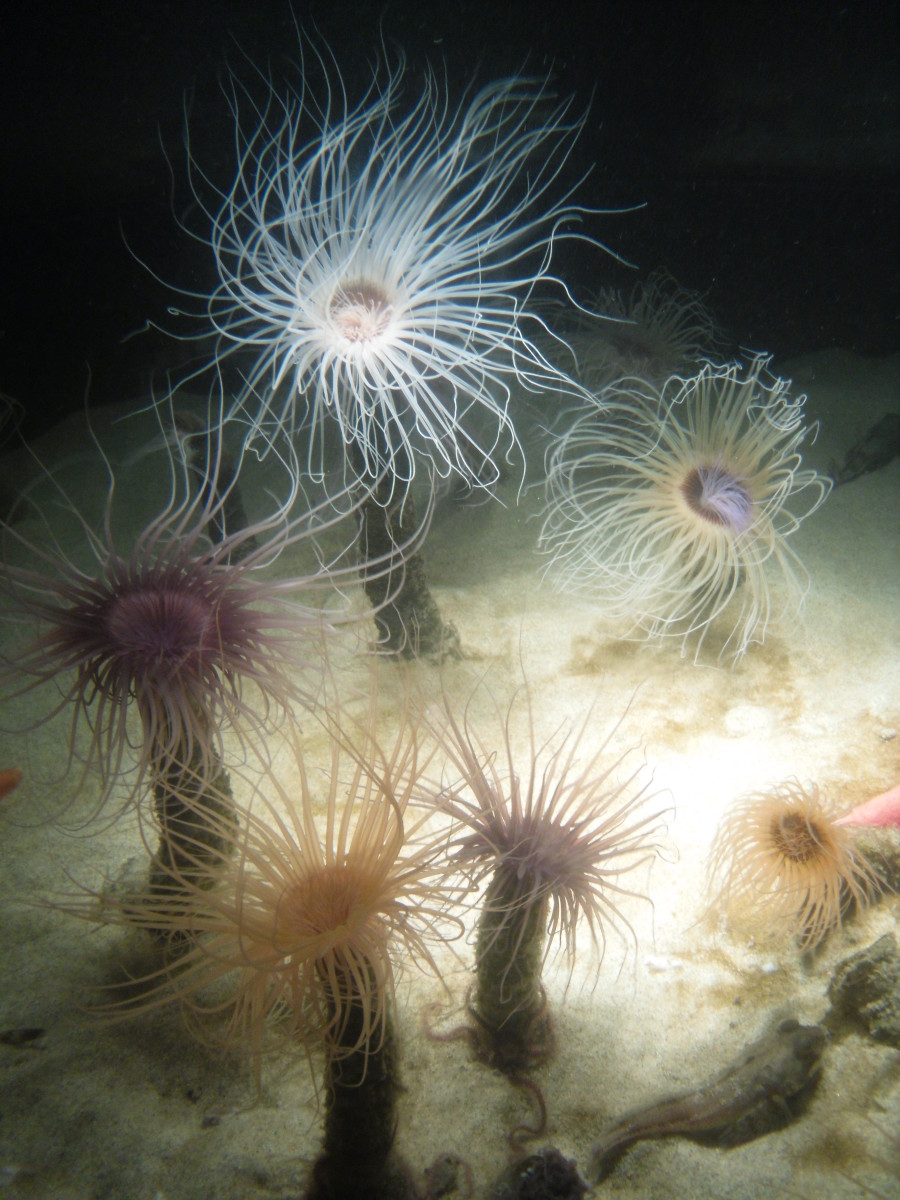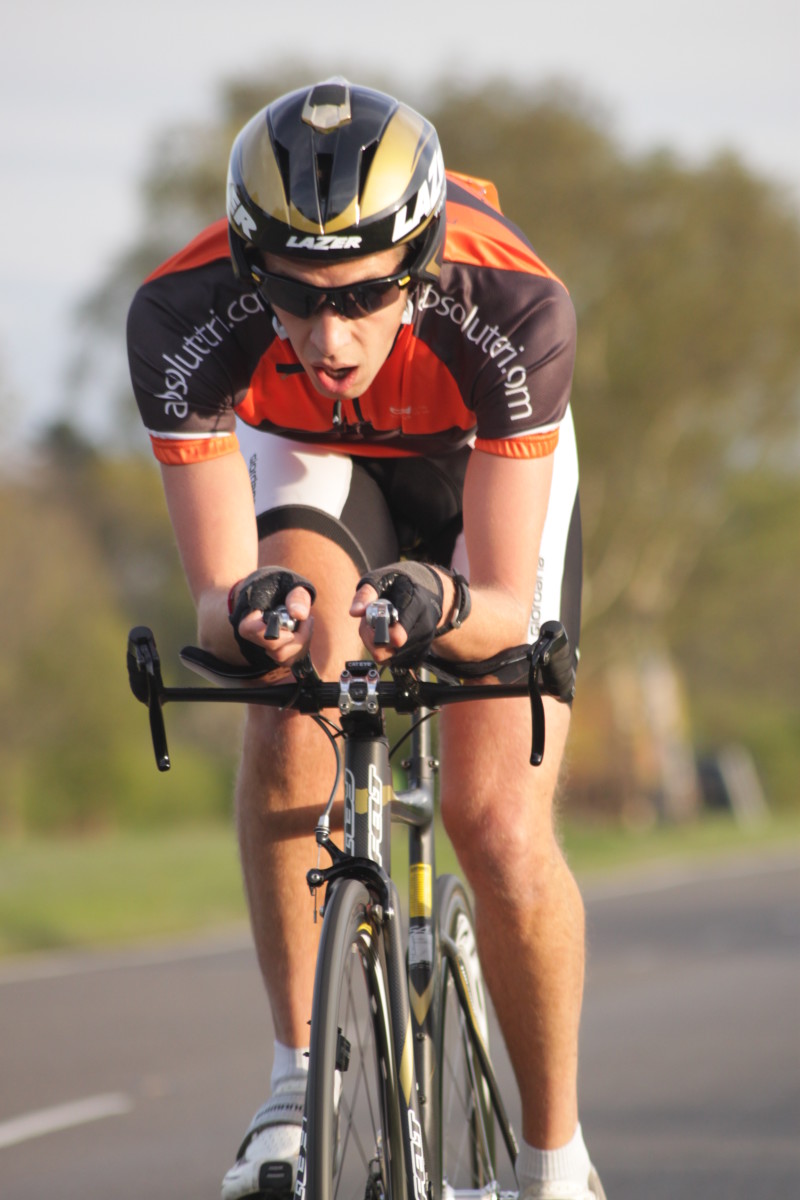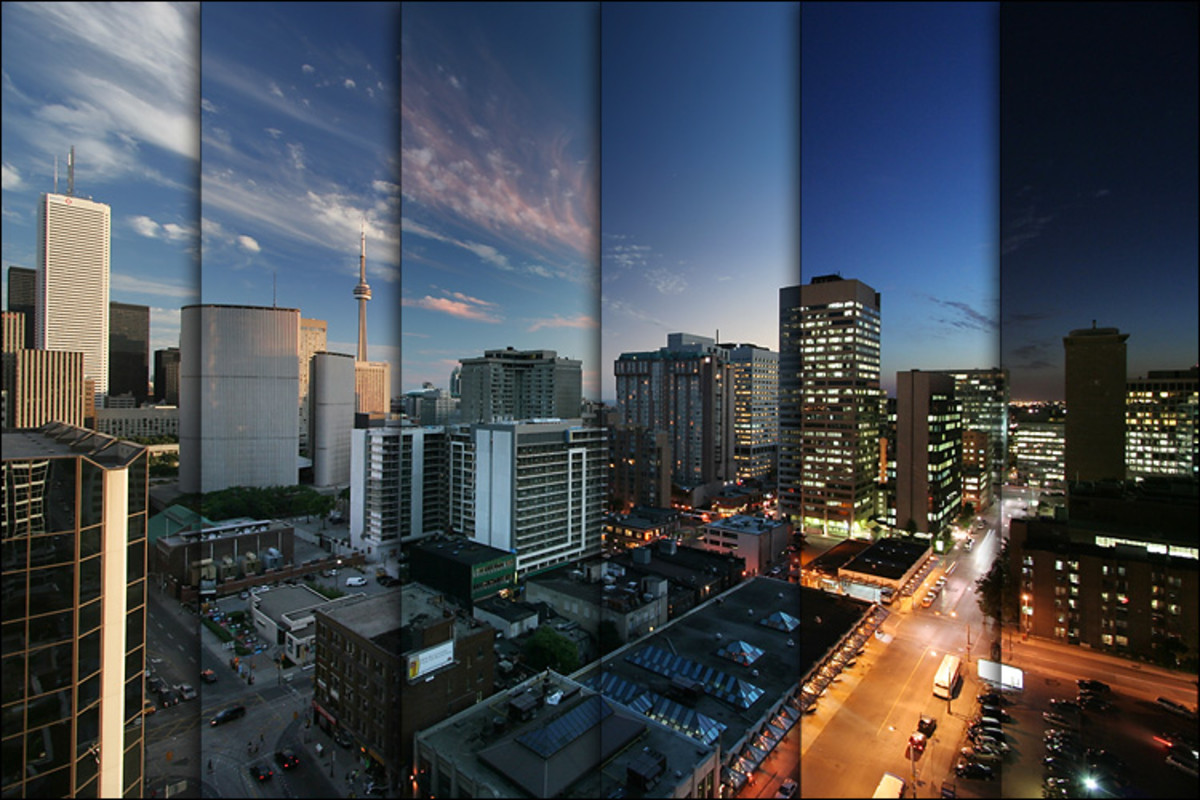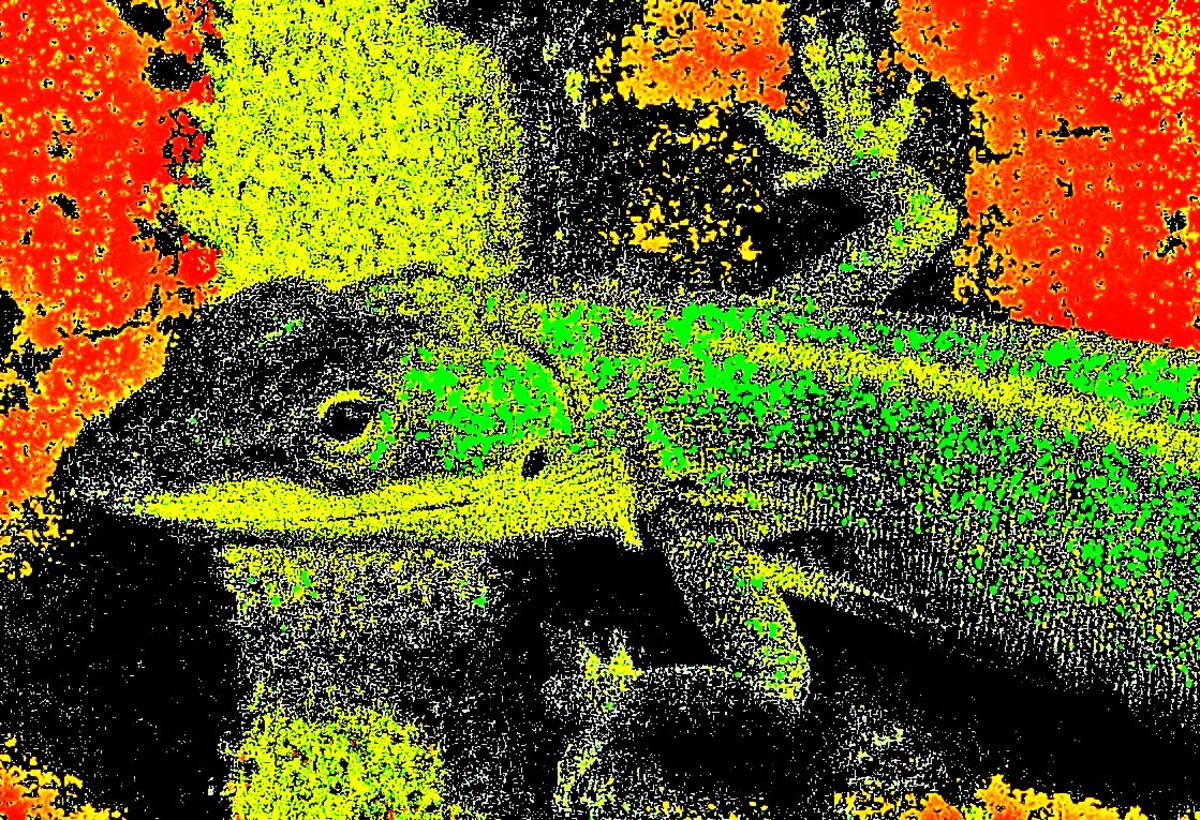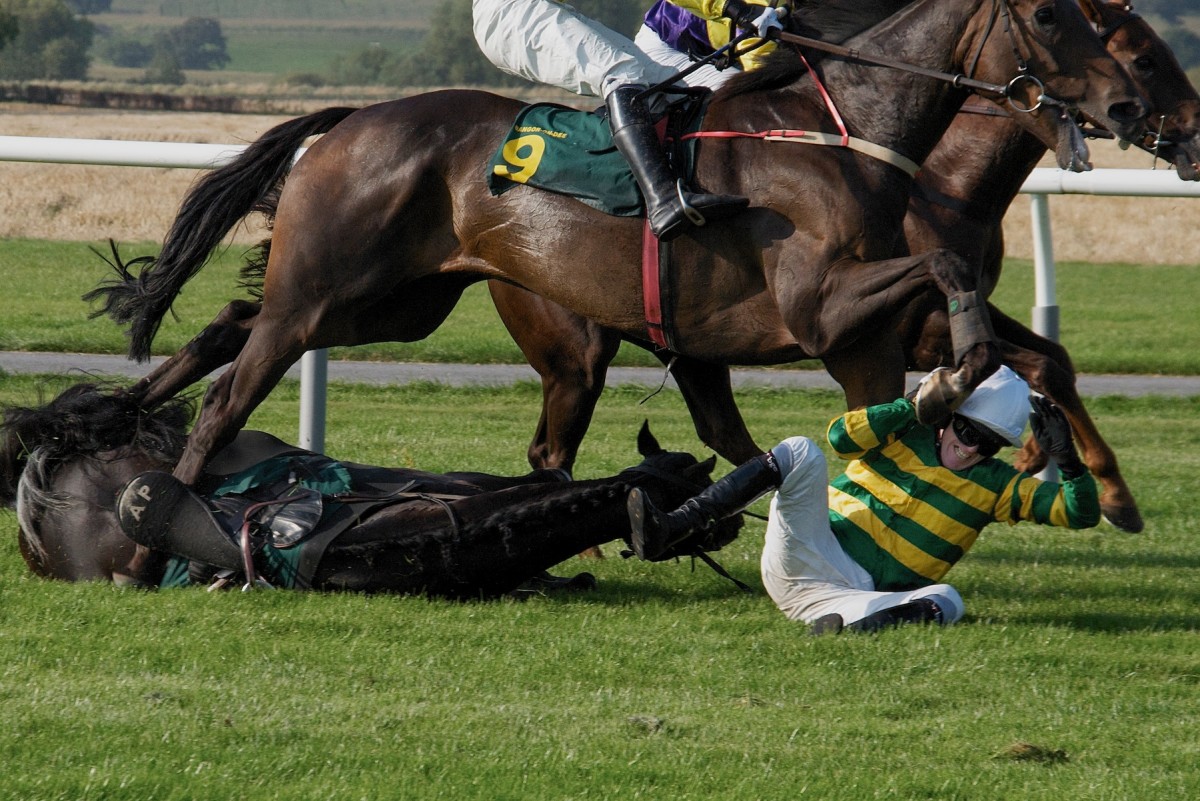Bokeh and Contre Jour Photography
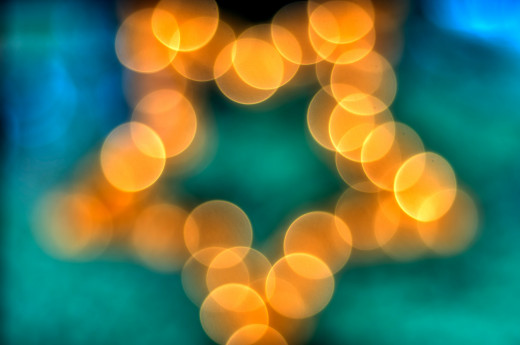
There are several photography styles, most are easily done. Bokeh (pronounced boke-uh), is a style which at its core deliberately captures images that have parts thrown out of focus. It is technically simple to accomplish, simply use a very shallow depth of field to render areas that are away or separate from the main subject into out of focus highlights.
The difficult part comes from doing it artistically. The term Bokeh comes from the Japanese term, or rather word, boke which means blur. Macro lenses and mirror lenses are specially adept at producing this effect.
Macro lenses are used to photograph subjects at very close ranges. If the subject has an elongated shape, only the front of it, or the portion on which you focus will be rendered clear and anything outside of this spot will show up as a blur, therefore Bokeh.
A simple example is to photograph a plant leaf; focus on the tip and take the shot. You will notice that in the final image only the front is clear while the rest of the leaf is out of focus. The technique is to do this in a aesthetically pleasing way. Don't confuse this as a simple error in the focusing process; here the front element is clear and the rest of the image gets out of focus in gradients.
With mirror lenses, the way that these lenses are constructed makes them by nature have a short depth of field. By adjusting the depth of field further you exaggerate the effect. Otherwise, the subject will be clear, the middle will be slightly out of focus and the back will be completely out of focus and will be represented as "doughnut" shapes.
Another good example is to photograph the pages of a book using a macro lens. If you focus on the center of the page, this area will be in clear focus, while the elements that are in front and in the back will become blurs.
If you are able to obtain them , there are specialty lens and filters that are specifically made for just this purpose. Two lenses which are exceptionally good at producing the Bokeh effect are the Canon 85mm f/1.8L II and the Nikon 85mm f/1.4D.
If using a photo editing software, the Bokeh effect can be simulated by using some filter tools such as the Gaussian filter. These are sometimes called Lens Blur.
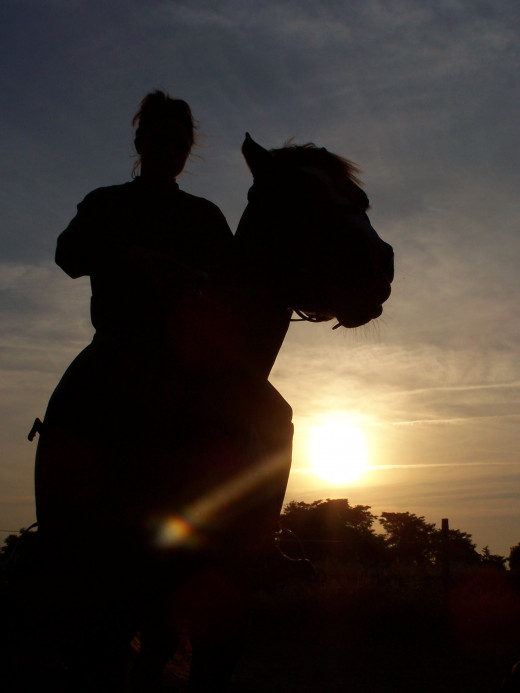
Contre-jour photography is a French term used to describe images that are taken against the Sun. Like silhouette photography.
With this style you place the subject in front of the Sun or a strong light source that will overpower the camera sensors, therefore the shutter, aperture will be set to match the luminosity of the light, thus rendering everything in front of the light source as a shape. No special gear is required.
By simply allowing the camera to automatically set the parameters to the strongest light source, it is mostly always achieved.
Try to use subjects that have strong colors with strong backgrounds colors as well. This is usually were the blending of colors adds to the pleasing element.
Although strong colors and dull or muted backgrounds work well too, the stronger effects are achieved with a combination of strong vibrant colors.
Maybe with some effort and careful subject selection you can combine both Bokeh and contre-jour. Find a subject that is brightly lit and colorful or supply the light source yourself. The background should be illuminated by aiming the light at it and away from the subject that's in front of the background.
Set the camera settings for the light source (the brightest part of the scene), place a subject in the middle of the frame or at a slight angle (remember the rule of thirds), take the shot by trowing the bright element of the image out of focus.
The resulting image should look like a silhouette with a bright out of focus background. This is best done at night, so pre-plan the event ahead of time.
The market for these two styles are photography publications, art galleries and greeting card companies.
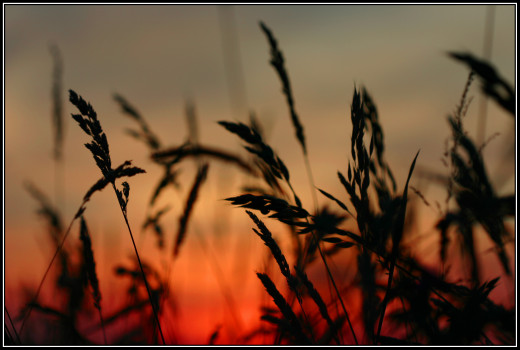
Does Bokeh photography appeal to you?
- 100+ Beautiful Examples of Bokeh Photography
Today we're going to be taking a look at the photographic effect known as bokeh. Although bokeh is simply blur, using it in an effective fashion can add real
© 2011 Luis E Gonzalez


